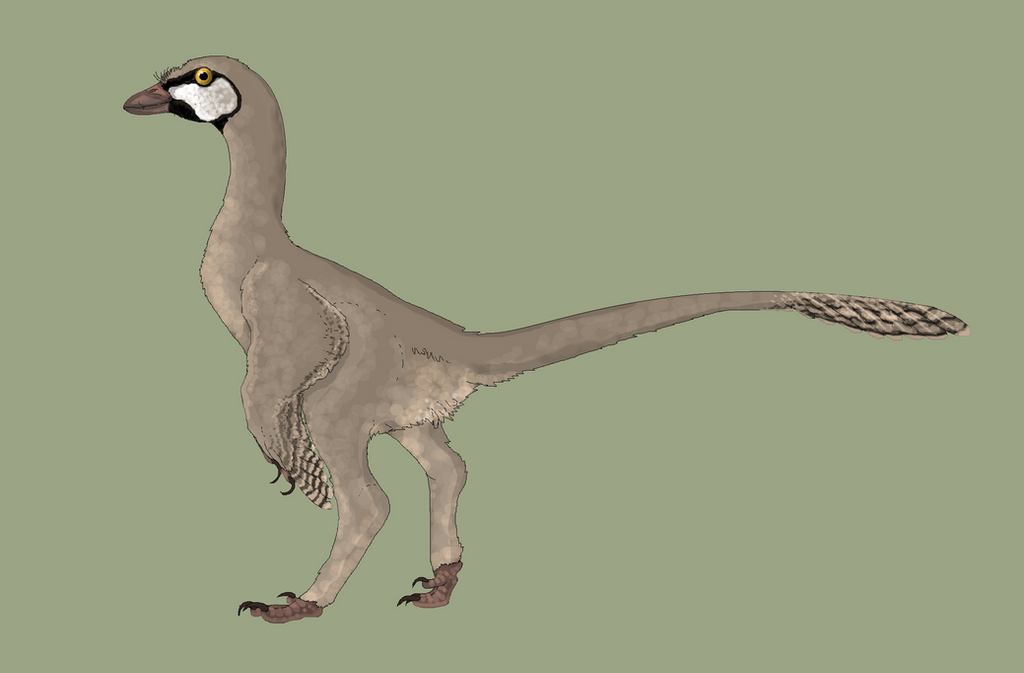HOME | DD
 DrPolaris — Nodontoraptor australis
DrPolaris — Nodontoraptor australis

#dinosaur #troodontid #maniraptoran #speculativeevolution #speculativebiology #speculativezoology
Published: 2018-04-12 21:17:48 +0000 UTC; Views: 5896; Favourites: 101; Downloads: 21
Redirect to original
Description
This furtive little creature is Nodontoraptor australis. Dwelling in the subtropical open forests of Late Eocene Texas, Nodontoraptor was named for one surprising anatomical feature: a completely toothless beak! While the rest of the skeleton seems to have been rather typical for a small Troodontid, the development of a beak was a novel and very important evolutionary step. In time, descendants of animals like Nodontoraptor would blossom into the speciose and highly morphologically diverse Rhynchorostra clade. Indeed, modern members of this clade run the gamut from high browsing herbivores, eagle-like terrestrial carnivores and the premier group of grazers in the northern hemisphere.In the late Eocene however, the most basal Rhynchorostrans like Nodontoraptor were small, generalized omnivores feeding on fruit, leaves and small animals. Known from only one fragmentary specimen recovered from the Late Eocene Reeves Bonebed, consisting of only the forequarters without the hindlimbs or tail, Nodontoraptor possessed large forward facing eyes. This suggests a nocturnal or crepuscular lifestyle. If you were to catch a glimpse of this small, shy creature, there would be no indication that it would go on to produce an extremely diverse array of descendants. From small acorns grow mighty oaks.
Artwork created by Sheather888. Check out his art!


























